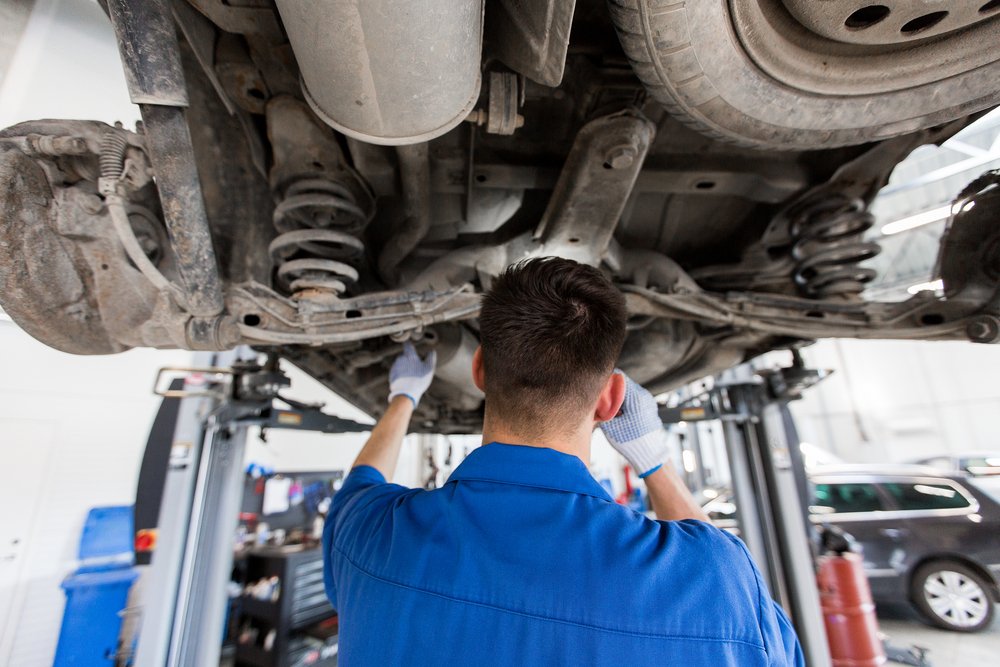Why shops can’t rely on part sales to make money

 Image credit: Depositphotos.com
Image credit: Depositphotos.comIn the old days, parts sales used to make up about half of a shop’s revenue. That’s not the case these days. But shops generally haven’t changed their business model to keep up with the times.
A shop stuck in the old ways, explained Vin Waterhouse, president and founder of The Waterhouse Group, which provides accounting, coaching and training expertise to the automotive aftermarket, is “bleeding to death” by not adjusting to reality.
He used the example of a customer coming in for brake service. When dropping off the vehicle, the customer mentions the passenger side mirror sticks when they try to adjust it. So the brake job is done and a tech spends two hours on the mirrors and figures out it was a moisture problem.
Let’s say your labour rate is $100. Two hours at $100 per hour is $200. The technician makes $30 an hour, $60 for that job. That’s $140 in gross profit, which is 70 per cent. But is it really? If your shop’s financial model also relies on a part being sold in those two hours, how much money did you really make?
“You’re actually bleeding to death because those two hours when you didn’t sell any parts is the financial equivalent if somebody brought their own parts [to do the] job,” Waterhouse explained during NAPA Expo 2022 in Las Vegas. “And you know you need the money from both.”
Think of an electronics problem that may come into your shop. You may have an “electronics guru” who you put on the case. He’s being paid more, has to access a system the shop pays for to get vehicle information, is using equipment that needs to be regularly updated at a cost — and not a part was sold in the process of fixing the problem.
Yet, the shop will charge the same old labour rate for the work. With no parts revenue, the shop again misses out on a chunk of money.
“Again, it’s the financial equivalent of people bringing their own parts. So as business morphs, we just need to adapt to that,” Waterhouse said.
Bryan Stasch, vice president of product and content development at the Automotive Training Institute, agreed.
“It sure as hell is not going to work in today’s world,” he said during his presentation, Finding Money by Understanding your Financial Numbers, also at NAPA Expo 2022.
A shop can actually charge a lower labour rate if they have efficient technicians. If their techs are churning out repairs more efficiently, they can have more vehicles come through the bays and being more money into the register.
Having less efficient techs means charging more to make up the difference, Waterhouse explained. But think about it: How would a customer react knowing they’re going to pay more for a less good technician?
“What you really need to do is improve your internal performance,” Waterhouse said.
Another tip: Don’t skimp on wages.
“Every shop in this room knows that the cost of running your shop is way higher than the cost of any employee. You’re not going to fix your business by low wages,” Waterhouse said. “So what we really need to do is go the other way: Let’s improve the performance.”





